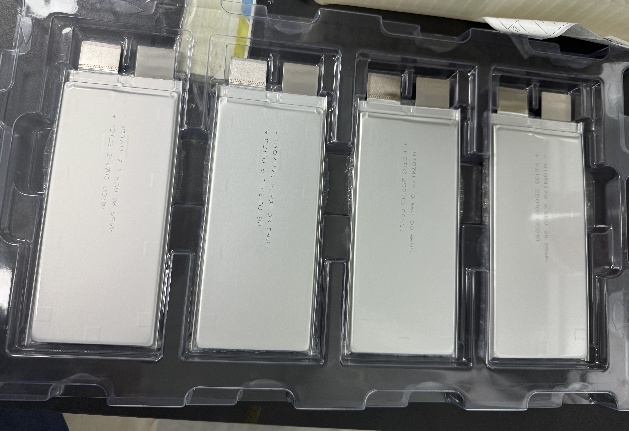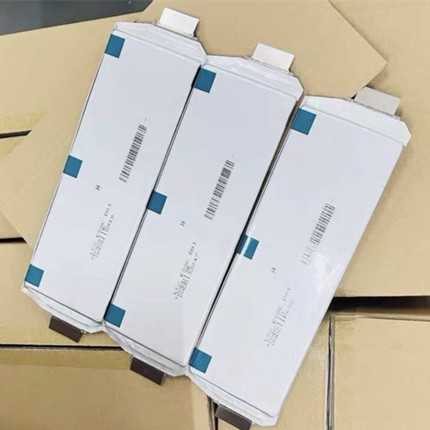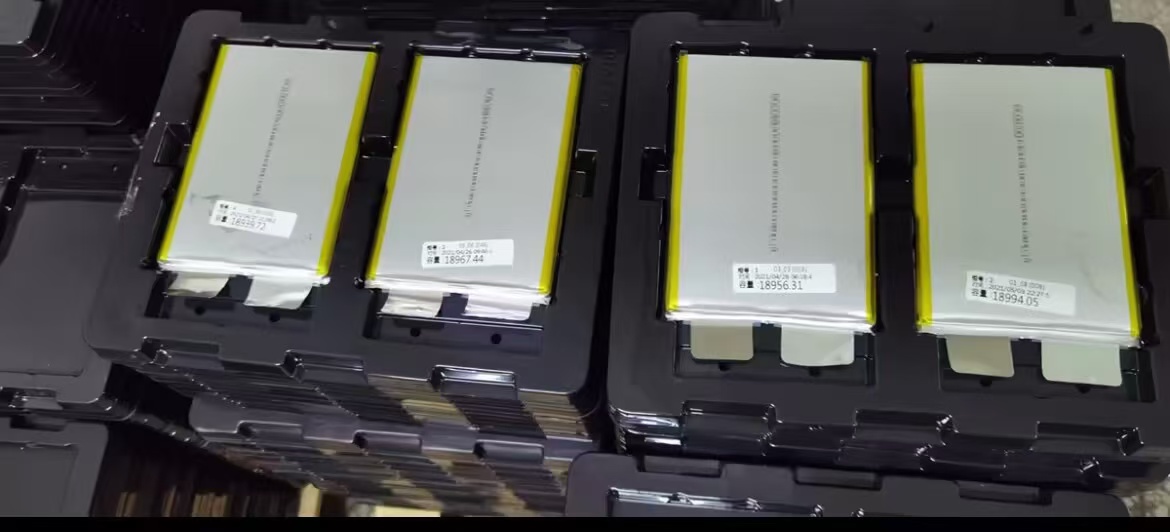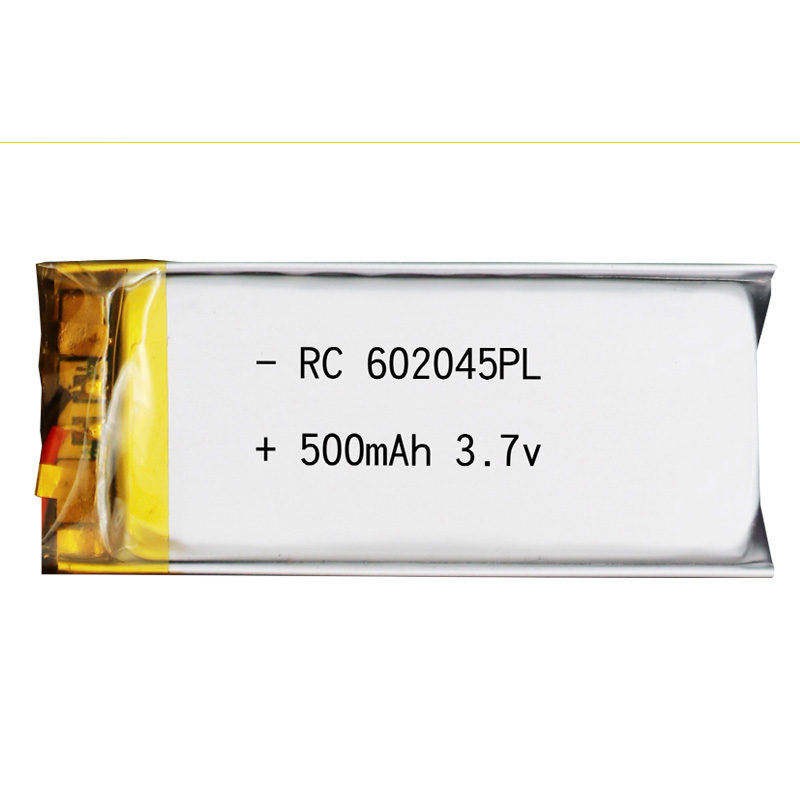Introduced in 1995, pouch cells have always presented a unique design, where the battery is enclosed in a soft plastic film instead of a rigid casing like cylindrical and prismatic cells.
Because the soft pouch provides no protection, cells are enclosed in an external structure called a battery module. It is designed to protect the cells, manage heat, and connect them electrically.
Since modules can only accommodate a limited number of pouch cells, multiple modules are needed. In the final battery pack assembly, all modules are connected electrically to one another.
Pouch cells and the structures that enclose them have evolved over the years. Here is how they have evolved since 1995 and where they are headed.
The Pouch Cell Design: Pros and Cons
Pouch cells offer an interesting mix of advantages and disadvantages.
On the bright side, they have a light design with no solid casing. This allows them to reach a higher energy density and to be used in compact devices that require thin designs, such as laptops and cellphones.
They also provide better heat extraction due to their high surface-to-volume ratio (i.e., they have a large surface area compared to their volume). This makes them ideal for high-power applications with demanding heat management requirements.
For automotive OEMs, pouch cells are advantageous because their dimensions can be adjusted to meet their specific requirements. Regardless of the final shape, the cells can simply be sealed with ultrasounds. With other types of batteries, customizations are not so simple. With cylindrical cells for example, dimensions need to be carefully optimized for maximum performance, as with standard formats like the 18650, the 21700, or the 4680.
On the downside, pouch cells do not have the strength to resist the pressure of gases released during charge cycles. The resulting pressure can damage the cells or cause them to age non-uniformly, leading to lower performance. As a result, an external structure (module, separator plates, springs, compression mechanism, etc.) is needed to counteract pressure changes.

Because of their soft structure, pouch cells cannot be used for cell-to-pack designs where cells contribute to the vehicle’s structure. This limits their relevance in current EV technological trends, as an increasing number of manufacturers are betting on structural battery packs to diminish weight and increase range.
Pouch Cell Formats
The Original Design
The first pouch cells were designed with both electrical connections on top. The current collectors inside the pouch are connected to the tabs that exit the cell.
To extract heat, some designs use thick aluminum sheets inserted between cells. These sheets carry heat to a cooling plate placed at the bottom.
The aluminum sheets, better known as heat transfer plates, are L-shaped to increase the contact area with the cooling plate.
These plates add weight to the final battery assembly. They are bonded to the cooling plate using thermal interface materials.
The Long Pouch
The long pouch was developed to make more efficient electrical connections.
The most important change is that the positive and negative electrical connections are split on two sides. This allows for larger current collectors inside the cells and, as a result, less electrical resistance.
Because the tabs are on different sides, the height can be reduced to better accommodate the automotive underfloor.
The long pouch design (source)
With its rectangular shape, the long pouch has an increased contact area with the cooling plate, which improves thermal transfer.
With this design, manufacturers started adding thermal interface materials at the bottom of the cells (where most of the heat can be extracted) and used the module to wrap the cells instead of adding plates in between cells.
The Improved Long Pouch
The most recent iteration on the long pouch made changes that improved cooling and simplified assembly.
With this design, the electrical connections are closer to the cooling plate. This makes heat extraction more efficient.
The improved long pouch design
The battery module that encloses the cells is also open at the bottom, allowing the cells to be in direct contact with the cooling plate.
Because the casing is open, only one layer of thermal interface materials is needed at the bottom of the cells instead of two.
Applications for Electric Vehicles
In the current market, pouch cells are vastly overshadowed by cylindrical cells and prismatic cells. Most manufacturers use or plan to use cylindrical cells because they offer a middle ground between cost efficiency and energy density. Prismatic cells are also very popular in China because of how well they integrate with LFP batteries, the most popular battery chemistry in China.
That being said, pouch cells are still chosen for their ability to meet high power surges and manage heat efficiently. Here are examples of applications where they are currently used:
- Early electric car models, including the Chevy Volt, Chevy Bolt, and Nissan Leaf
Hybrid vehicles that only need low autonomy
Electric race cars that need better heat extraction
Military vehicles that have ultra-high-power and thermal management needs
The Future of the Pouch
Despite the recent decline in popularity of pouch cells, innovations like Sakuu’s metal-free design have the potential to renew interest, completely change how pouch cells are assembled, improve the range of electric vehicles, and diminish their cost.
As these technologies continue to develop and integrate into full battery packs, the true impact of these innovations will become clearer.




